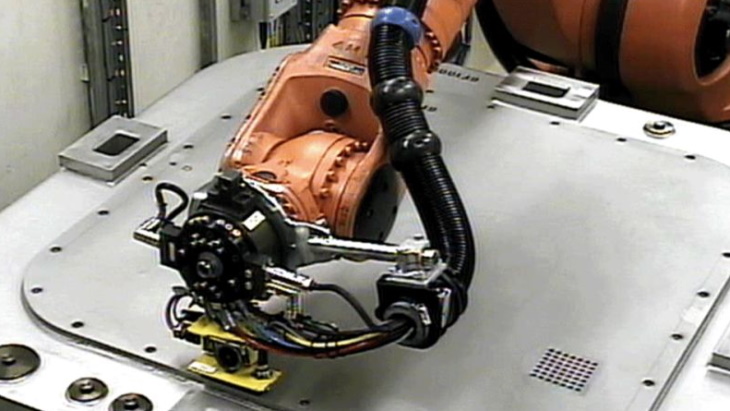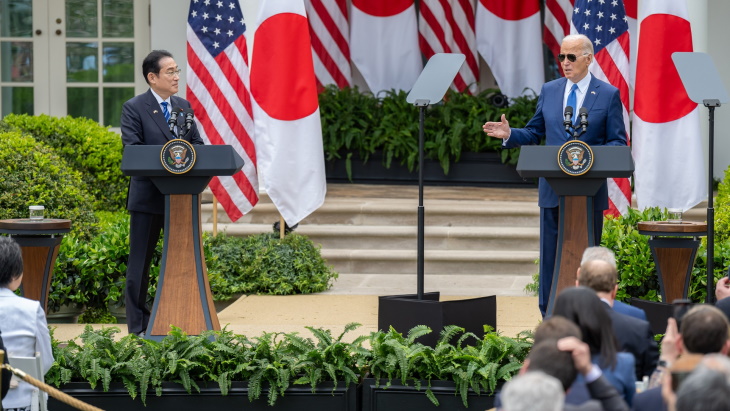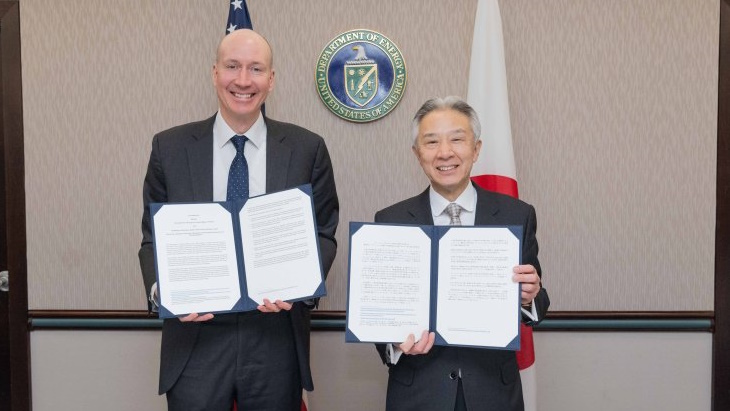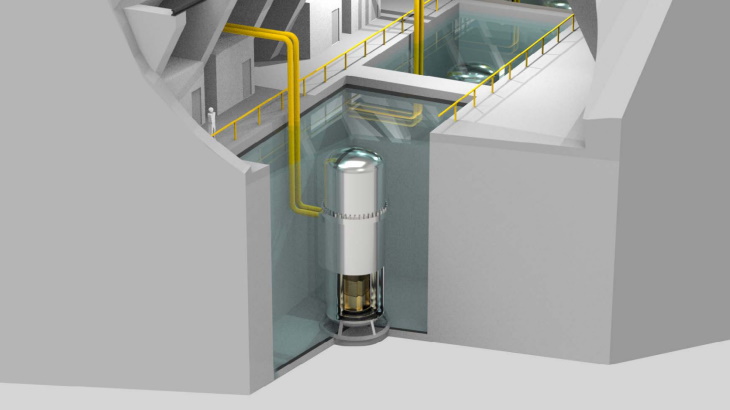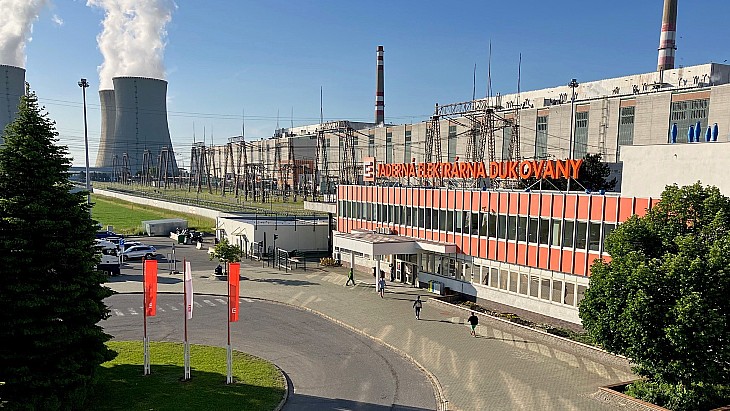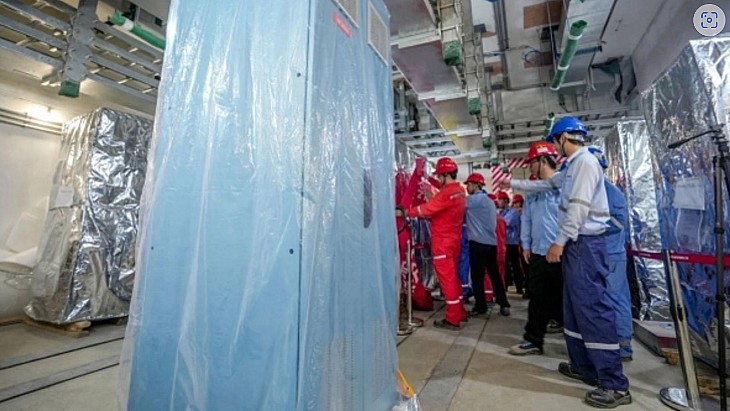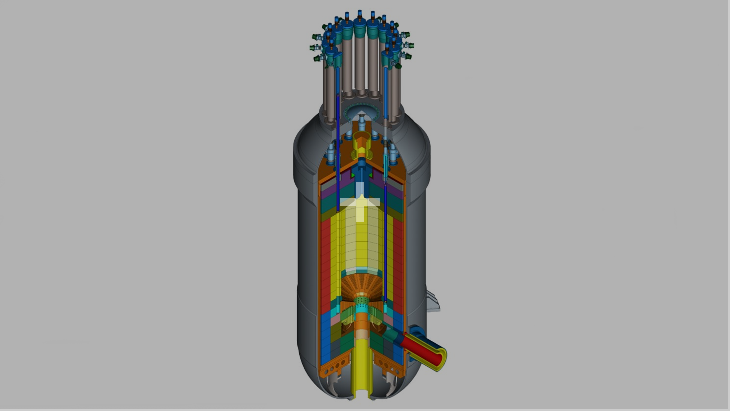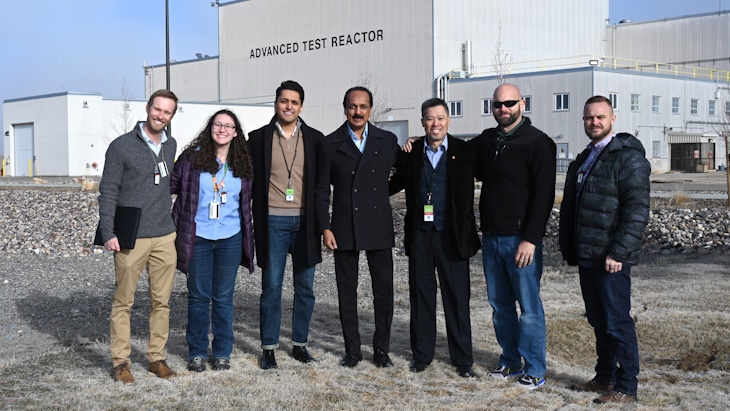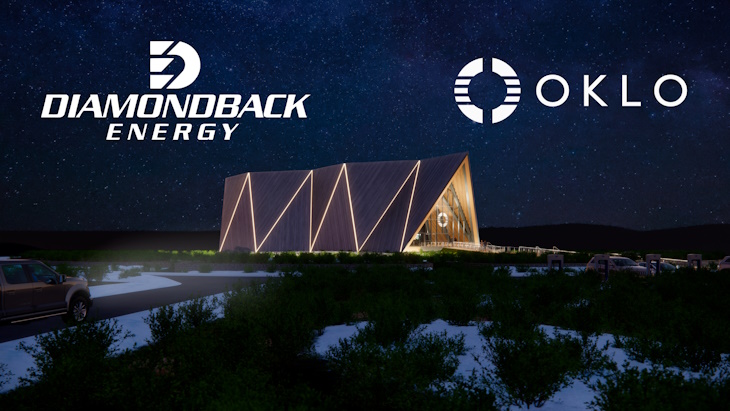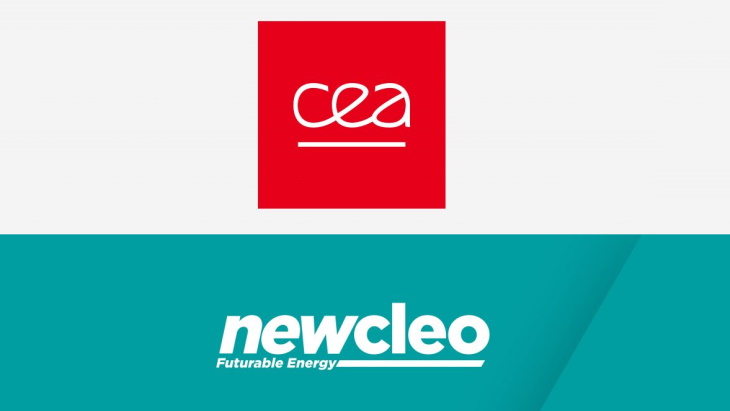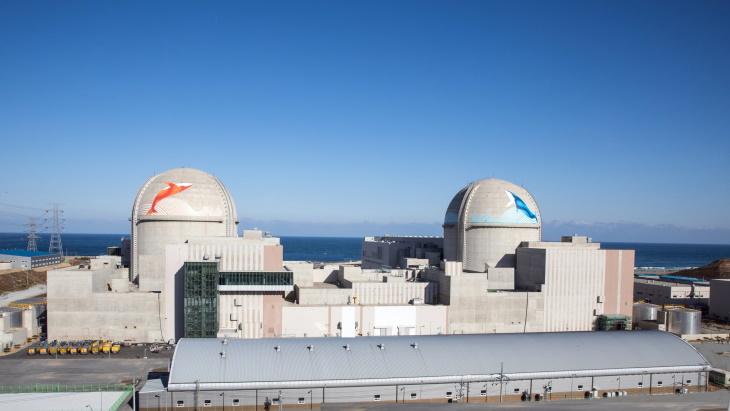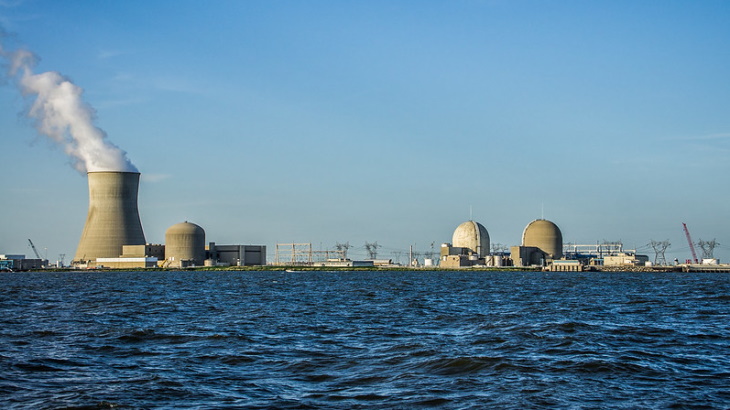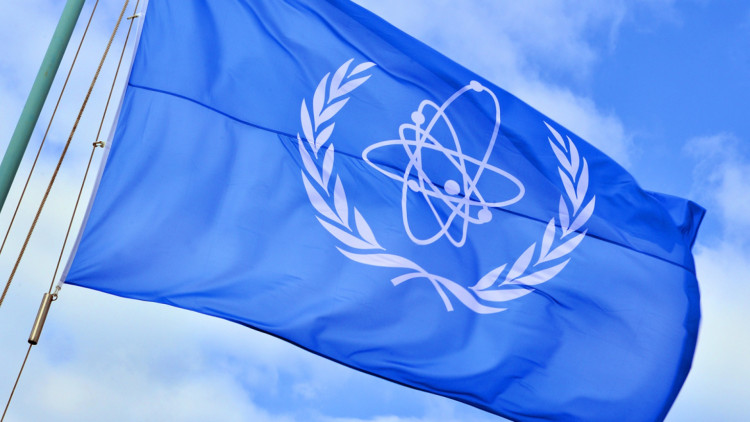Source: https://www.world-nuclear-news.org/Articles/Waste-transfer-milestone-at-Scottish-plant
The retrieval has been completed of more than 2100 tonnes of solid intermediate-level radioactive waste from five above-ground concrete bunkers at the Hunterston A Magnox nuclear power plant in Scotland. The project began 20 years ago.
Hunterston A - a twin Magnox reactor site - is 30 miles south west of Glasgow and was Scotland's first civil nuclear generating station. The plant, opened in 1964, ceased operations in 1989 after generating a total of 73 TWh of electricity.
Intermediate-level waste (ILW) was transported from the plant via underground tunnels and stored in one of five above-ground concrete bunkers that were constructed on site between the 1960s and 1980s. This waste consists of contaminated metallic components, debris removed from used fuel elements and 30,000 fuel element graphite sleeves.
Nuclear Restoration Services (NRS) - which is responsible for safely decommissioning the first generation nuclear and research sites across the UK - said the Hunterston A site holds the largest inventory of solid ILW across all its sites.
NRS noted that ILW becomes a site's highest radiological hazard once all the used fuel has been removed. Defueling of Hunterston A was completed in 1995. NRS said this waste is often located in hard-to-reach areas, making the task of retrieving it "a complicated business requiring, in some cases, many years of engineering work before it can begin in earnest".
The Solid Active Waste Bunker Retrieval (SAWBR) project was established to retrieve the ILW from the bunkers at Hunterston A.
The initial breakthrough of the first bunker was conducted manually in 2014 using core drills and wire saws to remove an 800mm-deep concrete slab. Then a remotely-operated vehicle broke through the remaining 400mm depth to create the first full opening.
Remotely operated vehicles were used to recover the waste to a purpose-built facility constructed on the side elevation of the bunker. The waste was then loaded into three-metre-cube-size stainless steel boxes. The filled boxes were then transported to the site's ILW store pending future encapsulation at the solid intermediate level waste encapsulation (SILWE) facility before being returned to the ILW store for long-term storage.
NRS has now announced that the final box of solid ILW has been sealed.
"This is a fantastic achievement which has safely and compliantly reduced one of the most significant hazards on site," said Hunterston A Site Director Mark Blackley. "Over 85% of the ILW inventory has now been retrieved. This is a tremendous testament to everyone who has been involved in or who has supported this project. The remaining 15% of ILW inventory are residual sludges from the spent fuel storage ponds and acids. These are in the process of being recovered and treated."
Stuart Blair, Waste Operations Manager at Hunterston A, added: "The process to empty the bunkers has not been without its challenges. The team has overcome many technical challenges throughout, employing operational experience and innovation to progress the waste recoveries safely and efficiently.
"This represents a major milestone for the entire site with all colleagues across functions and departments playing a key role in supporting this achievement. Most of the team that has completed this work has been involved since day one of retrievals which makes the achievement especially satisfying. With safe and sustainable decommissioning, the process takes decades to complete, so I am also mindful of former colleagues who have contributed significantly over the course of the 20 years since the recovery concept was born."
